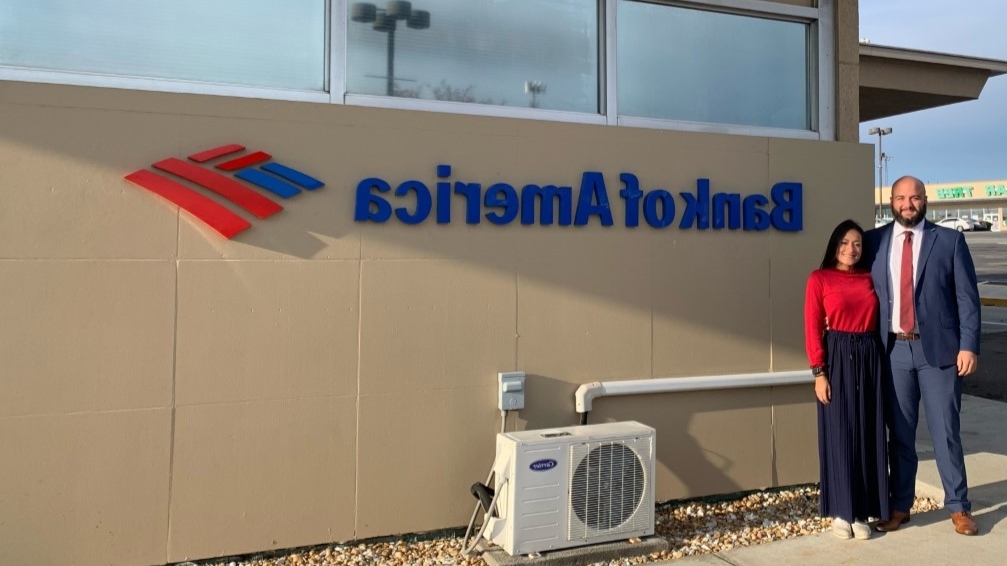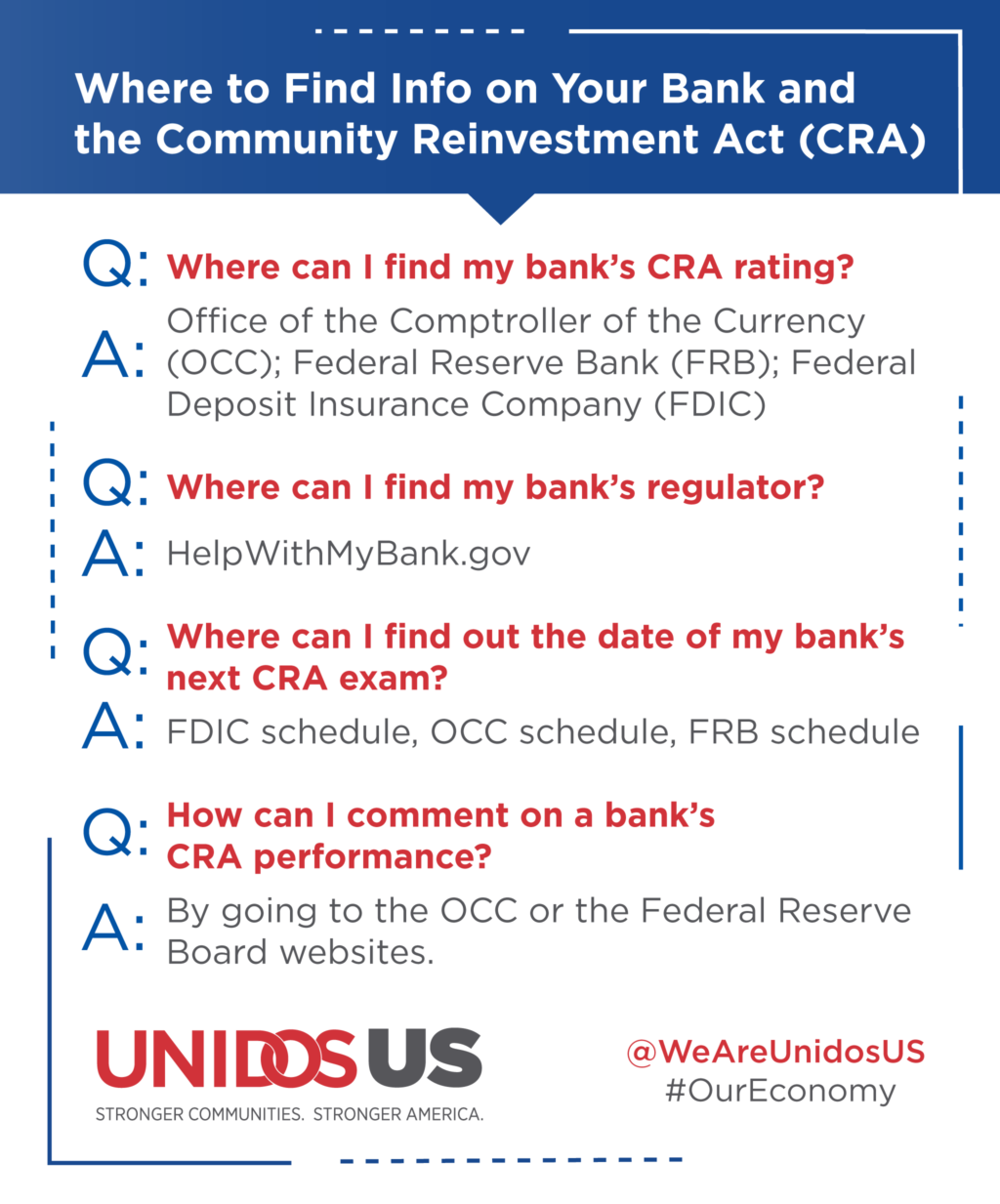Community leaders tell congressmen loud and clear: ‘The CRA works’
By Stephanie Presch, Content Specialist, UnidosUS
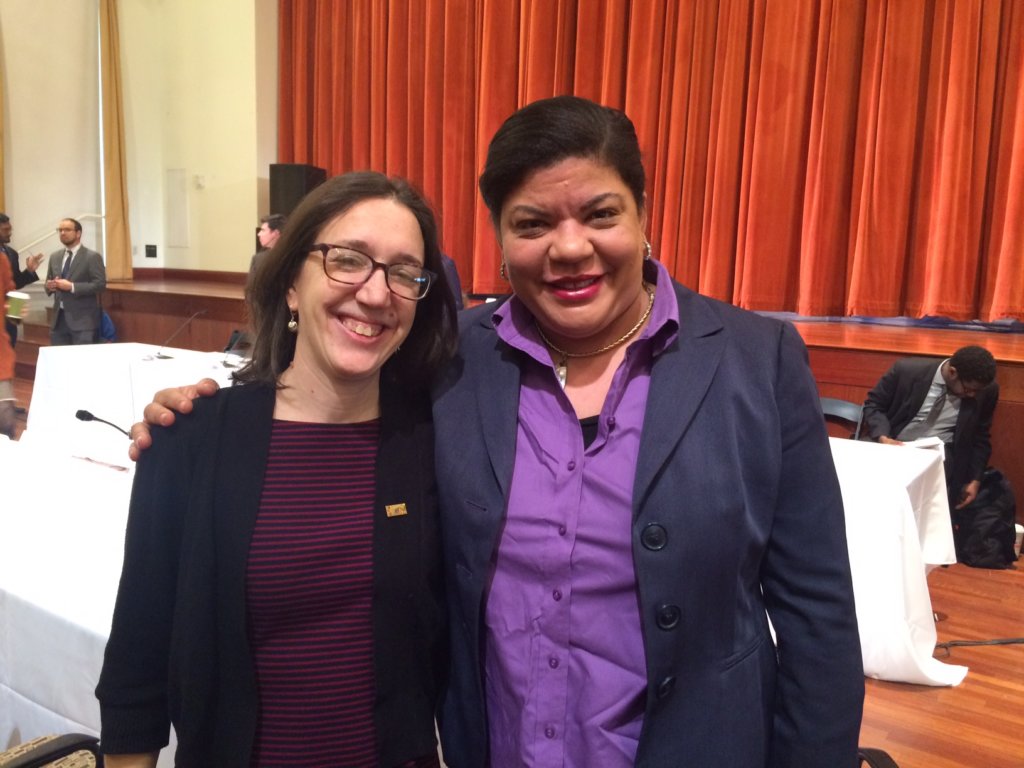
Earlier this month, a field hearing was held by the House of Representatives Committee on Financial Services in New York City on the effects of modern-day redlining on underbanked communities. This hearing comes on the heels of the Trump administration’s effort to weaken the Community Reinvestment Act (CRA), a move that advocates say would weaken low- and moderate-income families’ access to bank branches and loans in their community.
What does it mean?
Keep up with the latest from UnidosUS
Sign up for the weekly UnidosUS Action Network newsletter delivered every Thursday.
- Redlining is the practice of discriminating against someone based on where they live.
- People who are underbanked may have a checking or savings account, but not both.
In 1977, the CRA was passed in order to curb the lasting effects of this discriminatory practice. Under the CRA, financial institutions have a responsibility to meet the credit needs of the entire community that they serve—including low and moderate-income neighborhoods that are predominantly home to people of color.
The case in New York City
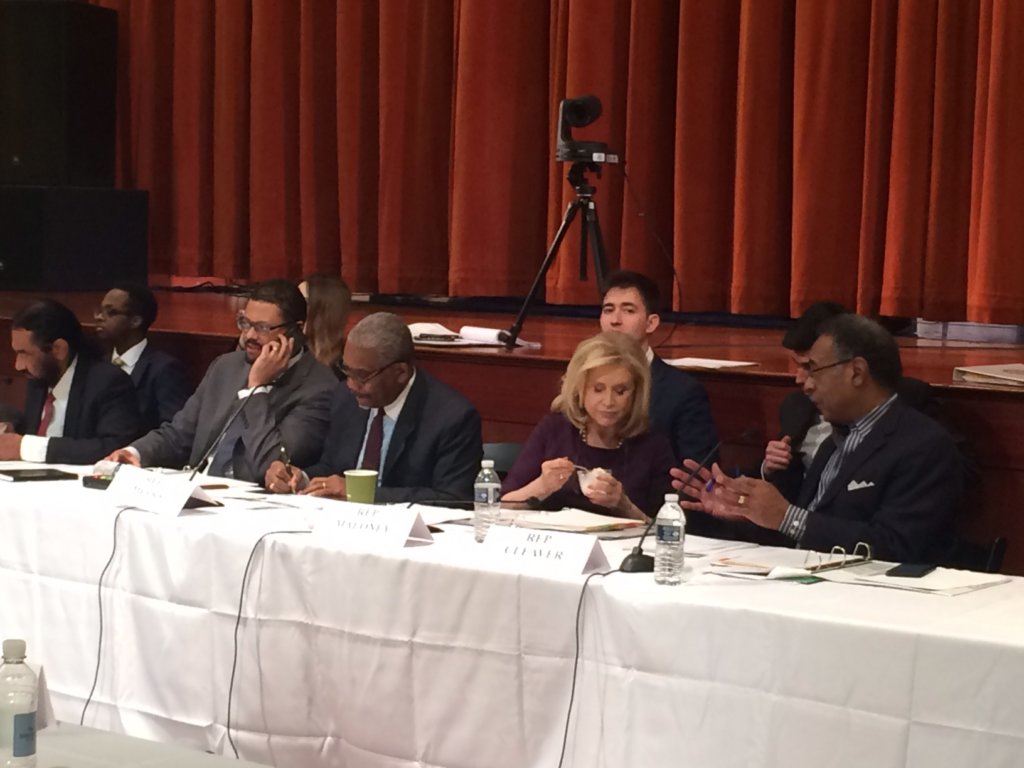
There’s good reason to look at the effects of redlining in New York City. As Cathie Mahon, President and CEO of Inclusiv explained during the hearing, in 2017, the share of unbanked and underbanked households in New York City was higher than in the United States overall. Additionally, while the CRA was implemented in the 1970s, the neighborhoods with the highest unbanked and underbanked rates are the same as those that were sectioned off by “redlining” in the 1930s and 1940s.
According to an analysis by Representative Gregory Meeks’s (D-NY) office, ZIP codes in Queens with a population that is less than 25% Black and Hispanic had 193 bank branches—the equivalent of one branch for every 3,000 people. For neighborhoods with Black and Hispanic populations of more than 75%, this number was one branch for every 22,000 people.
This means that it’s more than seven times as easy for someone in a predominantly White neighborhood to access their bank than it is for someone living in a majority Black and Latino neighborhood.
Jaime Weisberg, Senior Campaign Analyst with the Association for Neighborhood and Housing Development, explained at the hearing that the administration’s proposed reforms will do nothing to address the ability of low- and moderate-income people of color to have access to a bank branch.
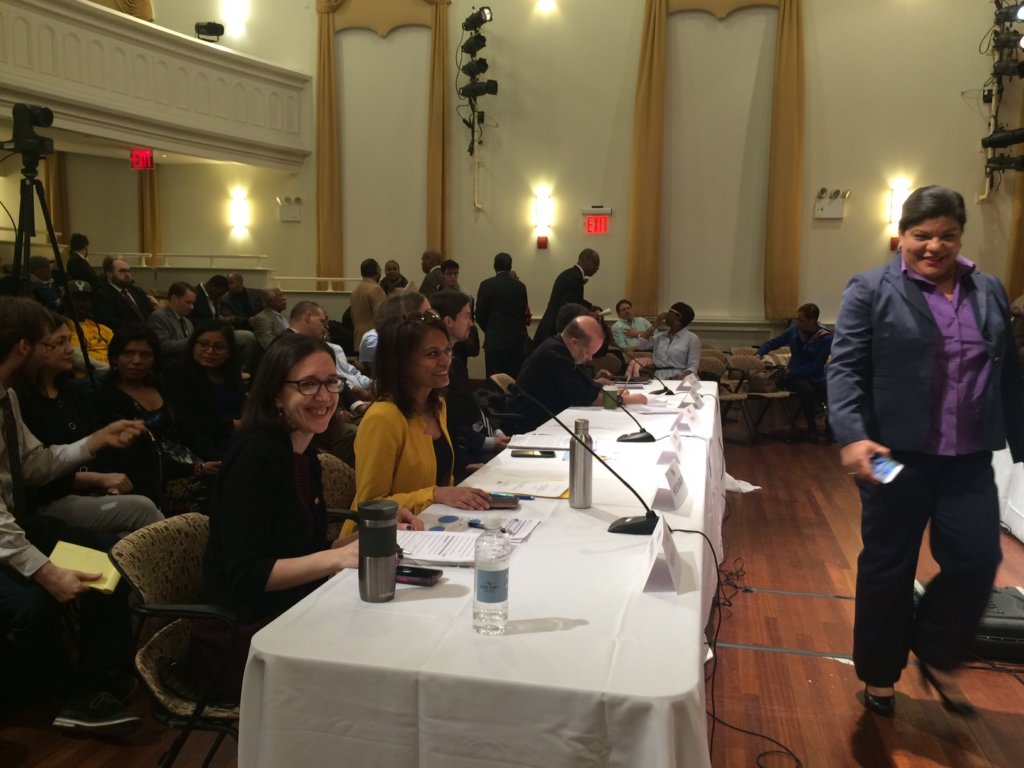
Weisberg was blunt about the negative impact of cutting back the protections of the CRA. “You’ll have banks that operate under different regulatory regimes,” he said. In practice, this might mean that smaller banks are more responsive to the communities where they work, but that larger banks might treat communities in an entirely different way because they follow a different set of rules than smaller, community-based banks.
The CRA works in the communities that it serves
While the issue is complex, the effects are not. One of our UnidosUS Affiliates in New York City, Neighborhood Housing Services of Queens (NHS of Queens), was present at the hearing and is familiar with its effects in the community.
Every year, NHS of Queens serves more than 7,000 clients. Forty-seven percent of NHS of Queens’s clients are Hispanic, 30% are Black, and 81% of them earn an income that is at or below 80% of the area’s median income.
Additionally, many low- and moderate-income families live in banking deserts—areas where they don’t necessarily have ready access to a bank. The Trump administration’s proposed reforms to the CRA could reduce or remove requirements for banks to open or keep branches in these areas. It could also eliminate incentives for lenders to provide Latinos and other consumer of color the access to credit and loans that White consumers have.
The CRA has allowed for critical investments in New York City. It’s estimated that since the CRA was passed in 1977, more than 330,000 affordable homes were built in the city.
The CRA has also allowed for public and private partnerships that have been key for NHS of Queens to be able to assist members of their community. For example, Sterling National Bank offers in-kind office space to the organization, which allows NHS of Queens to be more accessible to its clients.
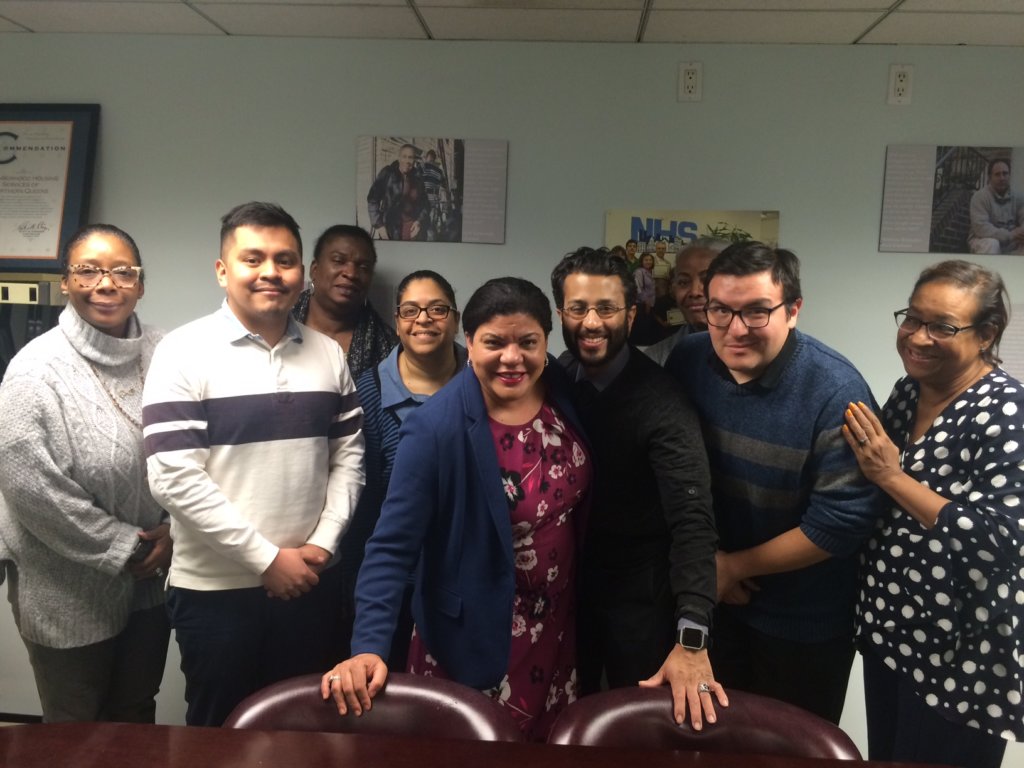
Weakening the CRA weakens communities
Annetta Seecharran, Executive Director of Chhaya CDC, explained that it is key for banks to lend to lower-income families, not just make investments in lower-income neighborhoods. When banks are only required to invest in communities, she said, it means that they need only make token investments and don’t have to actually offer loans to the families and individuals that need it most.
As Seecharran explained, when banks don’t lend to families and individuals, it can impact the community as a whole. For example, small businesses in the Jackson Heights area of Queens lack the access to credit that they need in order to grow. Jackson Heights is just one area in New York City that’s considered a “banking desert.” Almost 57% of Jackson Heights’s residents are Latino.
NHS of Queens has observed that in areas without banking branches, this presents a ripe opportunity for non-banks, such as payday lending shops, to trap consumers in a never-ending cycle of high debt.
Thanks to the CRA, NHS of Queens was able to save 24 families from foreclosure, counsel 125 prospective homebuyers, and participated in 94 workforce development outreach events in 2019 alone. The organization even placed 200 members of the community with jobs at LaGuardia Airport. Weakening the CRA would decimate those efforts that provide economic mobility.
Additionally, New York City is a high cost market. With the CRA in place, low-income and immigrant communities have a better chance to achieve homeownership.
“We are deeply concerned about the effects that this draconian policy could have on our community, which is still feeling the effects of decades of redlining policies,” said Yoselin Genao-Estrella, NHS of Queens’s Executive Director. “The CRA is not perfect, but we should be working on improving it, not scaling it back in ways that would make it harder for underserved communities to access a bank’s services.”
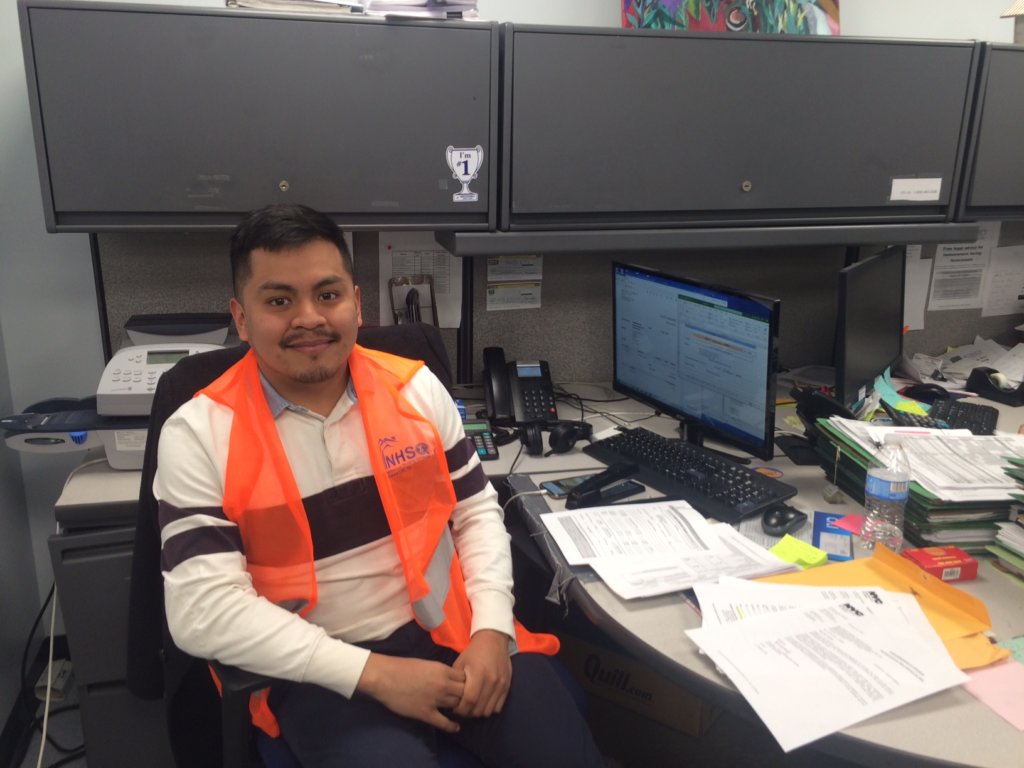
If the CRA were to be weakened, it would dramatically scale back the progress that our Affiliates, like NHS of Queens, have been able to make for low- and moderate-income Latino families over the past four decades.
Noel Poyo, Executive Director of the National Association for Latino Community Asset Builders, told lawmakers at the hearing that our communities are good investments. “Redlining threatens our nation’s economic future.”
“The CRA is working today, full stop,” said Poyo.

